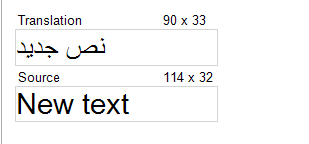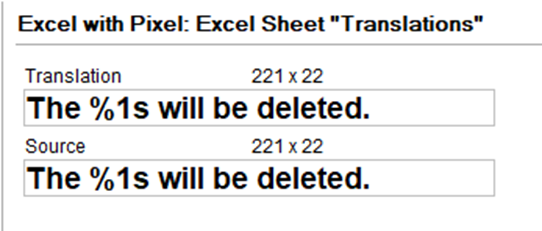Hi, does anyone have experience on using Passolo text renderer and pixel checks with RTL and DB languages, and are there any special issues with these languages? I also have a question about the different Modes, but I wil add another thread.
Thanks
Jouni


 Translate
Translate



